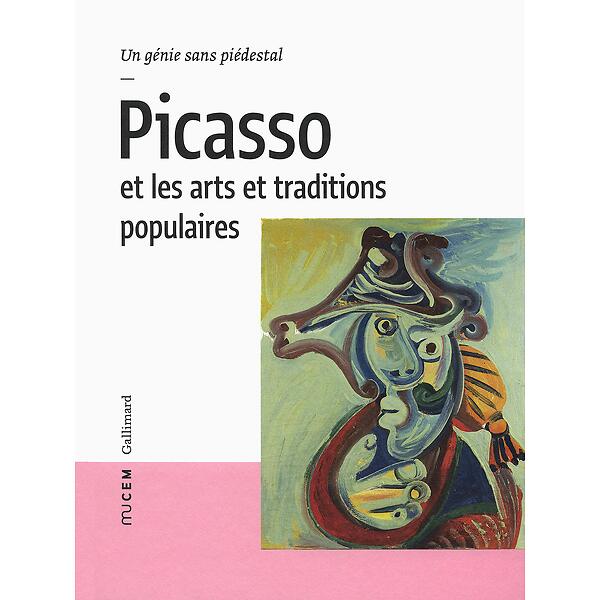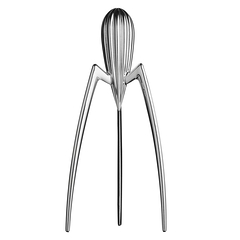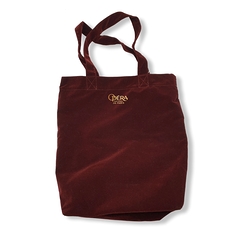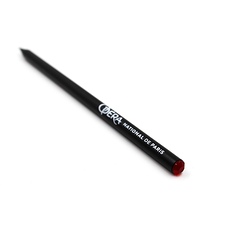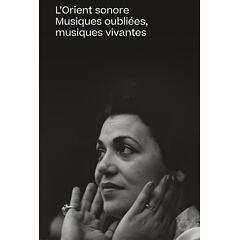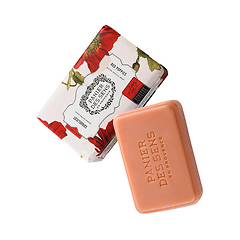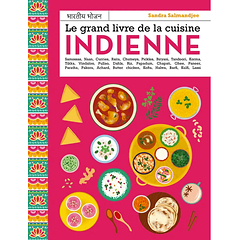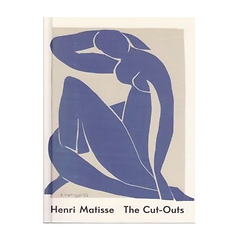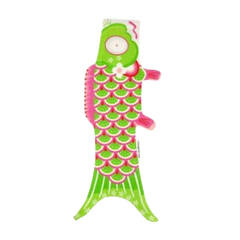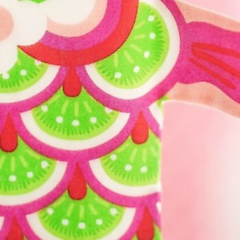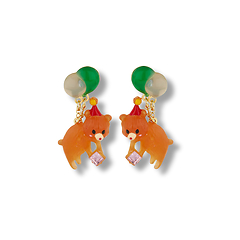Picasso et les arts et traditions populaires - Un génie sans piédestal
9782070178681
Sold by Mucem
MuseumMucem
Description
Picasso grew up in Spain, in a society marked by popular traditions instilled in children at an early age. He then used the references of this traditional culture in the construction of his work, often by diverting them. This is the case, for example, when he paints ex-votos, intended to invoke the saints or to serve as an outlet. Picasso appropriated the codes and skills of craftsmen by using traditional models to serve his plastic concerns. Throughout his career as an artist, he never ceased to return to the foundations he had acquired during his youth in Spain and revisited them through a large number of themes, including the circus, bullfighting and musical instruments, and through numerous techniques: ceramics, goldsmithing, linocutting and metalwork, for example. This book offers a new reading of Picasso's work by placing it in a broader perspective than that of a strictly artistic artist. Reference objects from the collections of the Musée National des Arts et Traditions Populaires transferred to the Mucem provide elements of comparison for Picasso's works relating to these themes and techniques specific to crafts and popular traditions. Two previously unpublished interviews, with Claude Picasso and Lionel Prejger, complete the accounts of Picasso's collaborations with the best craftsmen of his time. They reveal the genius of the artist, who knew how to magnify the craft to erase, in his work, the frontier which separates it from the fine arts.Product information
- Publication Year
- 2016
- Technical specification
- 454 g
- Dimensions
- 21.3 x 2.9 x 28 cm
- Number of Pages
- 288
- EAN
- 9782070178681

